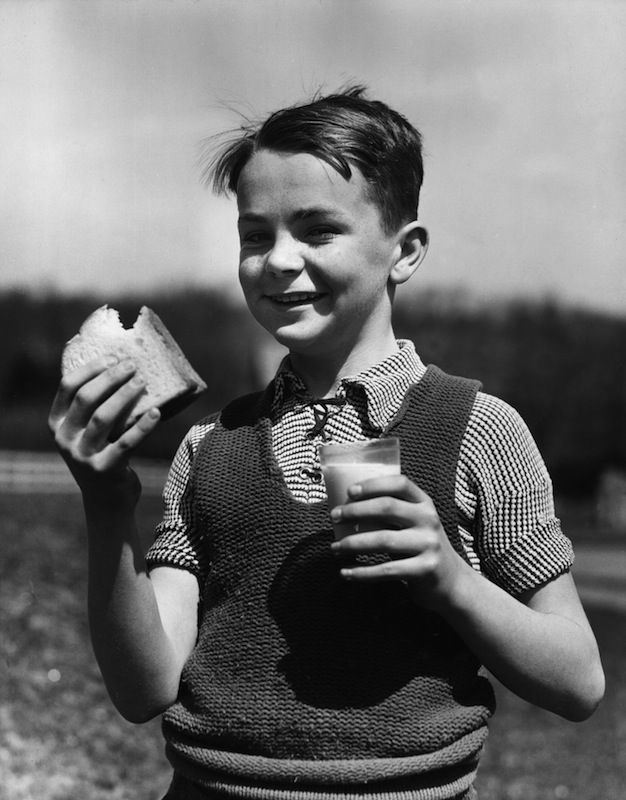
The table of contents of TIME’s 1986 “What America Does Best” special issue starts off with a list of a few of those things. First on that list, naturally, is sandwiches.
Any sandwich fan — and we are surely legion, as Monday is National Sandwich Day — knows why the humble bread-based meal deserves such pride of place. For any doubters, food critic Mimi Sheraton provided an accompanying essay explaining just why the sandwich is so important. Feelings about sandwiches run strong, she writes, but no other food is so capable of holding the meaning of America between its starchy sides:
As with so many other things regarded as typically American, the origins of the sandwich lie elsewhere. Already popular in ancient Roman times, it was not officially christened until the mid-18th century, when it was named in honor of John Montagu, the fourth Earl of Sandwich. A dedicated gambler, Montagu one day slapped a slab of meat between two slices of bread so he could eat without getting greasy fingers or being distracted by a fork and knife as he concentrated on the gaming table. This sort of convenience has delighted sandwich fans ever since. Extolling Montagu’s contribution in Getting Even, Woody Allen wrote, “He freed mankind from the hot lunch. We owe him so much.” Other countries dally with sandwiches–France with its croque-monsieur (a grilled ham-and-cheese sandwich), the Danes with their open-faced smorrebrod, which require knives and forks, the Greeks and Middle Easterners with their pita pockets full of lamb or falafel–but only in America has the sandwich been developed to its full potential.
Sandwiches are an “almost-taken-for-granted favorite,” Sheraton concludes, but there’s no reason not to start appreciating them now.
Read the full essay here: Eating From Hand to Mouth
More Must-Reads From TIME
- The 100 Most Influential People of 2024
- The Revolution of Yulia Navalnaya
- 6 Compliments That Land Every Time
- What's the Deal With the Bitcoin Halving?
- If You're Dating Right Now , You're Brave: Column
- The AI That Could Heal a Divided Internet
- Fallout Is a Brilliant Model for the Future of Video Game Adaptations
- Want Weekly Recs on What to Watch, Read, and More? Sign Up for Worth Your Time
Write to Lily Rothman at lily.rothman@time.com